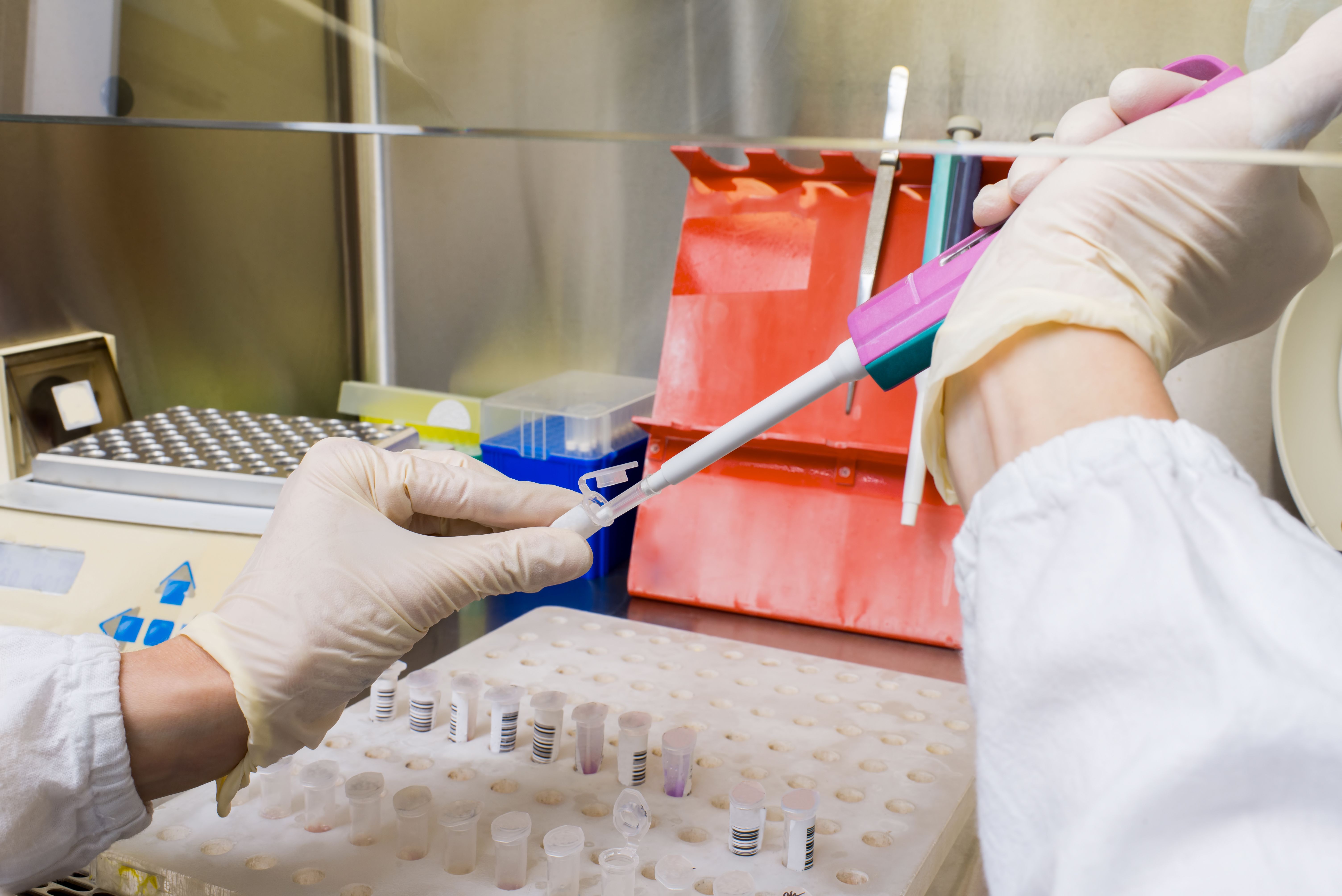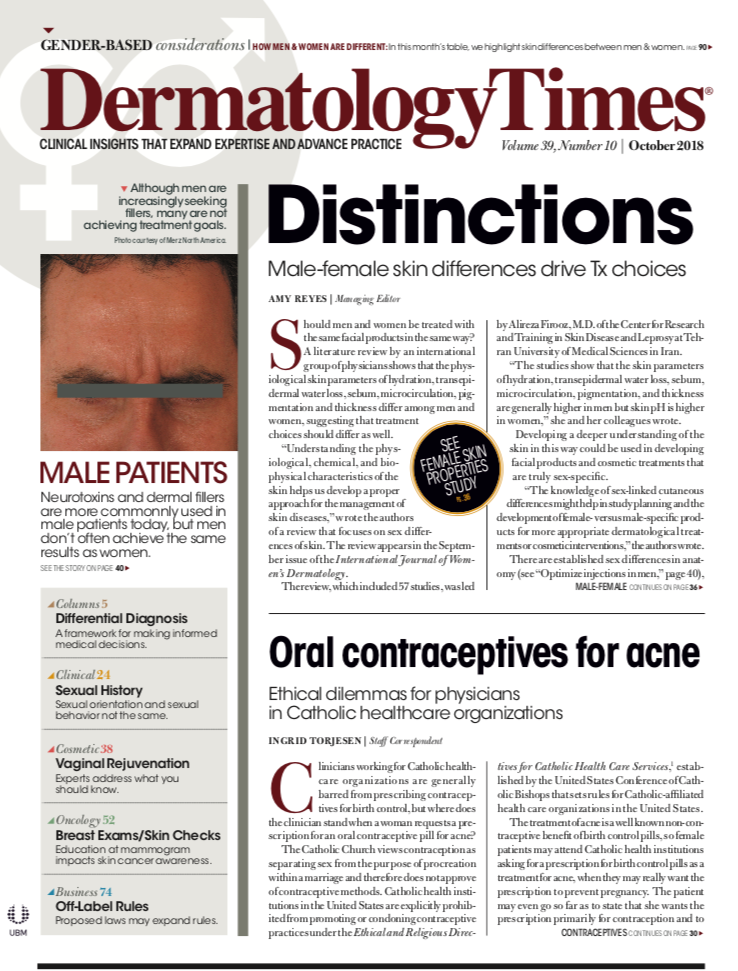- Acne
- Actinic Keratosis
- Aesthetics
- Alopecia
- Atopic Dermatitis
- Buy-and-Bill
- COVID-19
- Case-Based Roundtable
- Chronic Hand Eczema
- Chronic Spontaneous Urticaria
- Drug Watch
- Eczema
- General Dermatology
- Hidradenitis Suppurativa
- Melasma
- NP and PA
- Pediatric Dermatology
- Pigmentary Disorders
- Practice Management
- Precision Medicine and Biologics
- Prurigo Nodularis
- Psoriasis
- Psoriatic Arthritis
- Rare Disease
- Rosacea
- Skin Cancer
- Vitiligo
- Wound Care
Publication
Article
Dermatology Times
Patients want genetic testing
Author(s):
Patients in outpatient primary care clinics are choosing to learn about genomic testing to detemine their risk of melanoma, according to a recent clinical trial.
Patients in outpatient primary care clinics are choosing to learn about genomic testing to detemine their risk of melanoma, according to a recent clinical trial. (Andrey - stock.adobe.com)

Nearly half of patients at an outpatient primary care clinic elected to learn about genomic testing to assess their risk of melanoma, and the vast majority went on to request MC1R testing and submit the test kit. These were the main findings from a randomized clinical trial among patients at University of New Mexico General Internal Medicine clinics. The data appear in JAMA Dermatology.
In the study, 1,998 patients were approached with invitation flyers in both English and Spanish and National Cancer Institute skin cancer information for diverse skin types. Patients were randomized in a 5:1 ratio to an invitation to consider personalized genomic testing (via MC1R) for skin cancer risk by logging onto the study website or to usual care control. Controls did not receive an invitation to log on. Those randomized to the intervention arm could log onto the study website to read 3 educational modules aboutMC1R testing and then register a test decision.
The final study sample included 499 patients randomized to the MCR1 testing website. Of these, 44% were non-Hispanic white and 48% were Hispanic, 79% were female, and 23% had a high school diploma or less.
A total of 232 (46%) accepted the invitation and logged onto the study website (18 viewed it in paper form). Some 88% who logged onto the website requested the saliva test kit. The test kit request rate was higher in non-Hispanic whites, men, those with higher educational attainment, and those with internet access. A total of 167 of 204 (82%) who requested the test kit completed and returned the saliva kit. Sunburn history emerged as an important predictor to order a test kit.
The rate of interest in genetic testing and its uptake in this study was higher than that in previous studies offering multiplex genetic testing for 8 conditions, the authors noted, possibly the result of the use of a mailed saliva sample rather than provision of a blood sample.
The investigators concluded that the study “has advanced the public health translation of skin cancer genetic testing in providing insight into how such information may be received in populations unselected for risk status drawn from the general population.”
REFERENCE
Jennifer L. Hay, PhD; Kate Zielaskowski, MS; Kirsten Meyer White, PhD; et al. “Interest and Uptake of MC1R Testing for Melanoma Risk in a Diverse Primary Care Population, A Randomized Clinical Trial,” JAMA Dermatology 2018;154:684-93.
https://jamanetwork.com/journals/jamadermatology/article-abstract/2680741?widget=personalizedcontent&previousarticle=0

Newsletter
Like what you’re reading? Subscribe to Dermatology Times for weekly updates on therapies, innovations, and real-world practice tips.




























